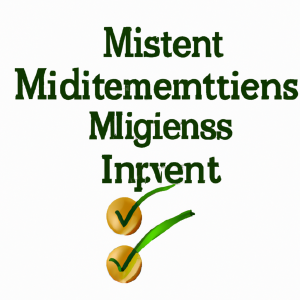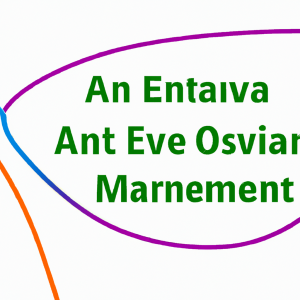
Educational Materials Quality Assessments: Ensuring Effective Learning
Educational Materials Quality Assessments
Introduction
Educational materials play a crucial role in the learning process. It is essential to ensure that these materials are of high quality to maximize their effectiveness. Quality assessments help educators and curriculum developers evaluate the relevance, accuracy, and appropriateness of educational materials.
Why Quality Assessments are Important
Quality assessments help ensure that educational materials meet the learning objectives and standards set by educational institutions. They also help identify any potential biases, inaccuracies, or outdated information in the materials. By conducting quality assessments, educators can make informed decisions about which materials to use in their teaching.
Steps for Conducting Quality Assessments
1. Define Criteria
Before conducting a quality assessment, it is essential to define the criteria for evaluating educational materials. This may include factors such as accuracy, relevance, currency, and alignment with learning objectives.
2. Review Content
Review the content of the educational materials to ensure that it is accurate, up-to-date, and relevant to the subject matter. Check for any biases or inaccuracies that may affect the quality of the materials.
3. Assess Alignment
Assess how well the educational materials align with the learning objectives and standards set by educational institutions. Ensure that the materials cover the necessary content and skills required for the course.
4. Consider Accessibility
Consider the accessibility of the educational materials for all students, including those with disabilities. Ensure that the materials are available in multiple formats and are easy to navigate for all learners.
5. Seek Feedback
Seek feedback from students, educators, and curriculum developers on the quality of the educational materials. Use this feedback to make improvements and revisions to the materials as needed.
Conclusion
Quality assessments are essential for ensuring that educational materials meet the needs of students and educators. By following these steps, educators can evaluate the quality of educational materials and make informed decisions about which materials to use in their teaching.

